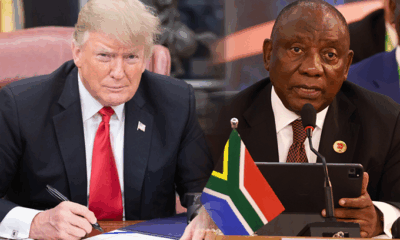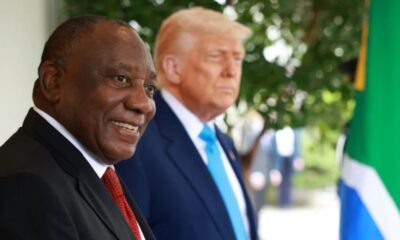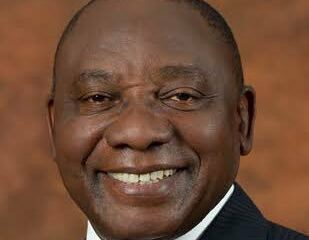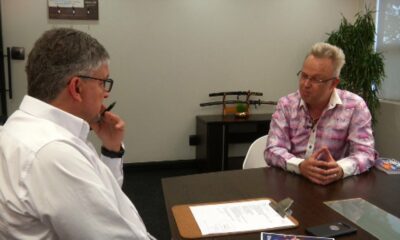Business
How South Africa Can Turn US Tariffs into an Opportunity for Its Auto Industry
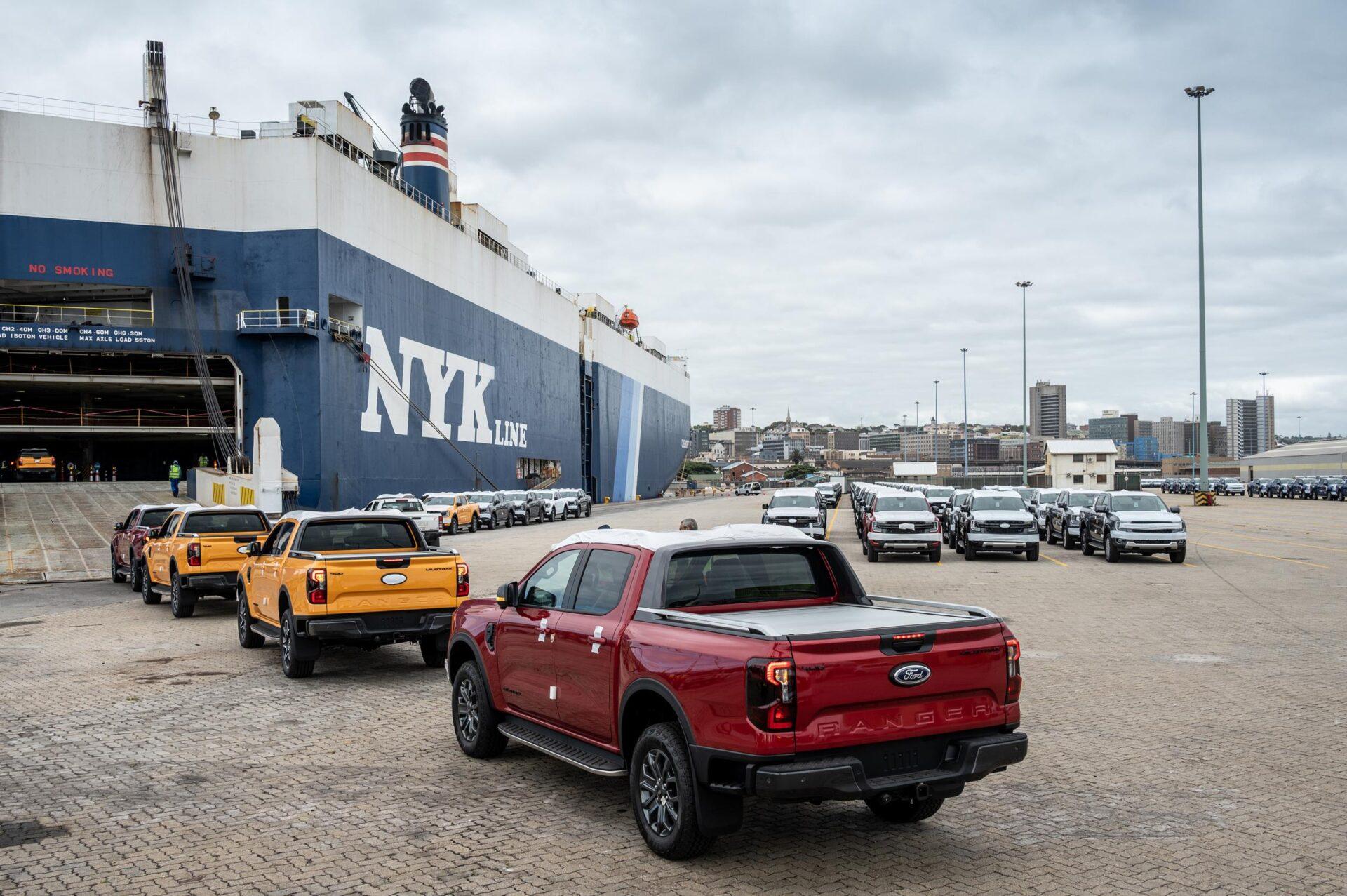
South Africa’s automotive industry—long considered the backbone of the country’s manufacturing sector—is facing fresh pressure after US President Donald Trump reintroduced sweeping tariffs on imported vehicles and components.
Earlier this month, a 25% tariff was imposed on all cars manufactured outside the United States. And from May, additional tariffs on vehicle components will come into effect. While the African Growth and Opportunity Act (AGOA) once shielded South African auto exports from such penalties, that buffer may no longer hold.
A potential 30% tariff on South African goods still looms, despite a 90-day reprieve from the White House. For South Africa’s automakers, the stakes are high. The United States accounted for 6.5% of all South African vehicle exports last year—a 22% jump from the year before, making it the fastest-growing export destination.
“The tariffs will have a significant impact on particular models that are exported there, in some cases dealing major blows to the factories and towns where they are produced,” said Busisiwe Mavuso, CEO of Business Leadership South Africa (BLSA).
But Mavuso believes the tariff shock could be a turning point—if South Africa plays its cards right.
Why South Africa Still Holds Leverage
Mavuso argues that South Africa should present itself as a credible alternative to China in the global automotive supply chain. Despite accounting for just 0.1% of total vehicles sold in the US, South African auto exports can offer the US a way to reduce dependency on Chinese manufacturing—a priority for Washington.
Moreover, US foreign policy has often supported strategic economic growth in Africa. Mavuso believes that maintaining trade relations with South Africa is not only economically sound for the US but geopolitically essential.
“If the US were closed to SA goods, South Africa’s wider geopolitical interests would shift to other strategic relationships, to the cost of US influence,” she warned.
What South Africa Must Do Now
Mavuso has outlined two key actions:
-
Engage with US Leadership:
South Africa should actively negotiate with the Trump administration to ensure continued market access and to highlight its value in diversifying away from Chinese goods. -
Revise the SA Automotive Masterplan (SAAM35):
Originally introduced in 2018, SAAM35 maps a path to 2035 focused on expanding local manufacturing, growing African markets, and pivoting to electric vehicles. With the trade landscape now dramatically different, Mavuso says it’s time to revisit these plans to weather the tariff storm.
Shift Focus to Africa
Beyond the US, South Africa could find opportunity closer to home. The African Continental Free Trade Area (AfCFTA), if expanded to include vehicle trade, could open up substantial new demand. Africa already purchases 1.3 million new vehicles annually—a number that is expected to rise with growing urbanisation and economic development.
“Lower-cost mobility solutions are essential for the continent,” Mavuso said.
A Sector Too Important to Fail
The auto industry supports over 100,000 direct jobs and significantly more indirectly through its value chain. It represents 60% of South Africa’s total manufactured goods exports, making it a vital part of the industrial economy.
While other sectors have been eroded by deindustrialisation, vehicle manufacturing remains a standout success—one that demonstrates how government and business can work together to sustain and grow industry.
In addition to the Trump tariffs, South Africa also faces external challenges from the EU’s Carbon Border Adjustment Mechanism. But as the US and EU recalibrate their trade positions, South Africa may be able to reposition itself as a preferred global production partner—if it adapts quickly.
South Africa’s automotive sector is under pressure, but not without options. With strategic negotiation, policy revision, and a sharper continental focus, what starts as a challenge could become a moment of opportunity. And as Mavuso stresses, it’s a moment that demands action—not hesitation.
{Source: BusinessTech}
Follow Joburg ETC on Facebook, Twitter , TikTok and Instagram
For more News in Johannesburg, visit joburgetc.com



